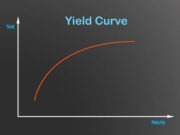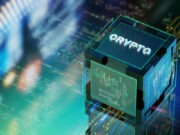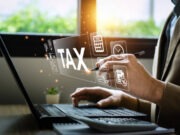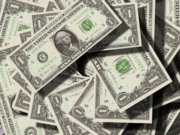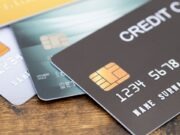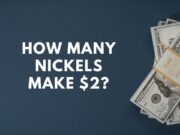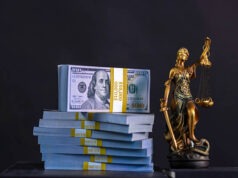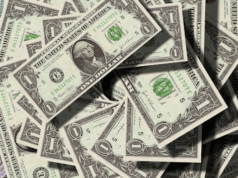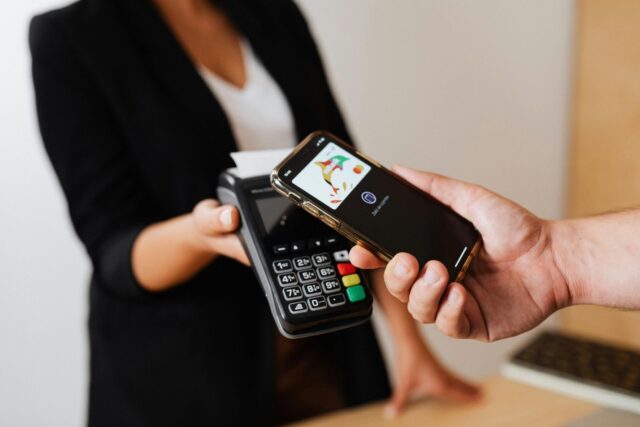
You’ve probably noticed how fast the world of payments is changing. From cash and checks to swipes, taps, and QR codes, your options for paying and getting paid have expanded like never before. But with all the buzz around digital wallets, cryptocurrencies, and mobile banking, it’s easy to forget that not everyone is plugged into these tools.
Not everyone owns a smartphone. Not everyone trusts linking their bank accounts to multiple apps. And for some, accessing traditional banking services isn’t even possible. That’s where alternative payment methods come in, offering flexibility, accessibility, and control to people with a variety of needs.
In today’s digital world, understanding these options helps you stay informed and make better financial choices. Let’s take a look at some of the key alternatives, starting with one that’s been around for decades but remains surprisingly useful: money orders.
Traditional Alternatives Still Going Strong
While mobile apps and online transfers dominate conversations today, paper-based options like money orders still have their place, especially if you don’t have a bank account or want to avoid sharing personal financial details.
Money orders are prepaid paper documents that work like checks. They’re widely accepted and relatively secure, especially when you need to send funds through the mail or make a payment without revealing sensitive information. Unlike personal checks, they don’t bounce because the funds are prepaid.
If someone sends you a money order and you’re unsure what steps to take next, it’s natural to ask how to cash a money order? The answer depends on where you go: banks, credit unions, post offices, and even some grocery stores offer this service. You’ll typically need valid identification and might be charged a small fee. Some places will cash it immediately, while others may place a temporary hold on the funds. Be sure to hold onto your receipt in case you need to track or verify the transaction later.
These features make money orders a solid choice for people who prefer low-tech or secure alternatives. They’re also popular among those who want to avoid the risks of sharing bank information online. Alongside money orders, cashier’s checks and certified checks still serve as reliable payment methods in certain scenarios like large purchases or official transactions.
The Rise of Digital Payment Solutions
Of course, the digital revolution has introduced a wide range of options that offer speed and convenience. Mobile wallets like Apple Pay, Google Pay, and Samsung Pay let you pay with a tap of your phone. There is no need to carry cash or even a physical card. These apps use encrypted data and tokenization to keep your information safe.
Then there are peer-to-peer (P2P) platforms like Venmo, Zelle, and Cash App. These let you send money instantly to friends, split a dinner bill, or pay your babysitter with just a few taps. They’re fast, easy to use, and often free when linked to your bank account.
Even digital-only banks are joining the mix, offering services through mobile apps with lower fees, budgeting tools, and real-time alerts. They’re gaining traction, especially among younger users who value flexibility and low overhead costs.
While these tools are great for everyday use, they rely heavily on internet access, smartphones, and digital literacy, which not everyone has. That’s why a balanced understanding of both digital and traditional payment methods is so important.
Buy Now, Pay Later, and Micro-Credit Systems
One of the newer trends you’ve probably seen while shopping online is Buy Now, Pay Later (BNPL). Services like Klarna, Afterpay, and Affirm let you split your purchase into installments without traditional credit checks. It’s like using a layaway plan, but you get the item right away.
These services appeal to shoppers who want to avoid interest charges or who may not qualify for credit cards. But be cautious. Missing a payment can lead to late fees or impact your credit score, depending on the provider. It’s also easy to overspend when you’re not paying the full amount upfront.
In developing regions, micro-credit systems are becoming increasingly popular. Apps like Tala and M-Pesa provide small loans or payment services to people who don’t have access to banks. These systems promote financial inclusion and help users build a basic credit history.
Whether you’re buying a new phone or helping a relative overseas, these tools make it easier to manage money in real-time. But like any financial product, it’s important to read the fine print and understand the terms.
Why People Are Turning to Alternatives
So, why do people choose these different methods in the first place? The answer often comes down to convenience, privacy, and financial access.
For some, digital payments are a lifesaver. They offer speed, real-time confirmation, and 24/7 access from anywhere. For others, privacy matters more. Cash, money orders, and prepaid cards don’t require you to share personal data or banking information, which feels safer in an era of data breaches and tracking.
Cost is another factor. Traditional bank transfers can come with fees, especially for international payments. Alternatives like P2P apps or cryptocurrency often provide cheaper and faster solutions.
Cultural preferences also play a role. In some communities, cash is still king. In others, trust in government or banking systems may be low, making decentralized methods more appealing.
In short, people are customizing their payment choices based on what works best for them, and that’s a good thing.
Potential Risks and How to Stay Safe
While these options offer more freedom, they also come with risks. Scams are common, especially in unregulated spaces. Fake apps, phishing schemes, and fraud can target users who aren’t cautious.
To protect yourself, always verify the legitimacy of the payment platform. Use official websites or app stores to download services, and set up two-factor authentication when possible. Never share account passwords or personal identification numbers (PINs) with anyone.
When dealing with physical alternatives like money orders, keep all receipts and track delivery when mailing them. If you’re using BNPL services, keep an eye on due dates and understand how missed payments might affect your credit.
Awareness is your best defense. No matter how you choose to pay, staying informed keeps you safer.
The future of payments is exciting and a bit unpredictable. We’re already seeing the rise of biometric payments, where a fingerprint or facial scan authorizes your transaction. Embedded finance is also growing, with services like loans or insurance being offered directly inside non-banking apps.
Cryptocurrency and decentralized finance (DeFi) could play a bigger role, especially in global commerce. At the same time, traditional financial institutions are trying to adapt, rolling out more digital-first offerings.
Expect more all-in-one platforms where you can save, invest, budget, and pay all in one place. The goal? Making your financial life easier, more connected, and more secure.






